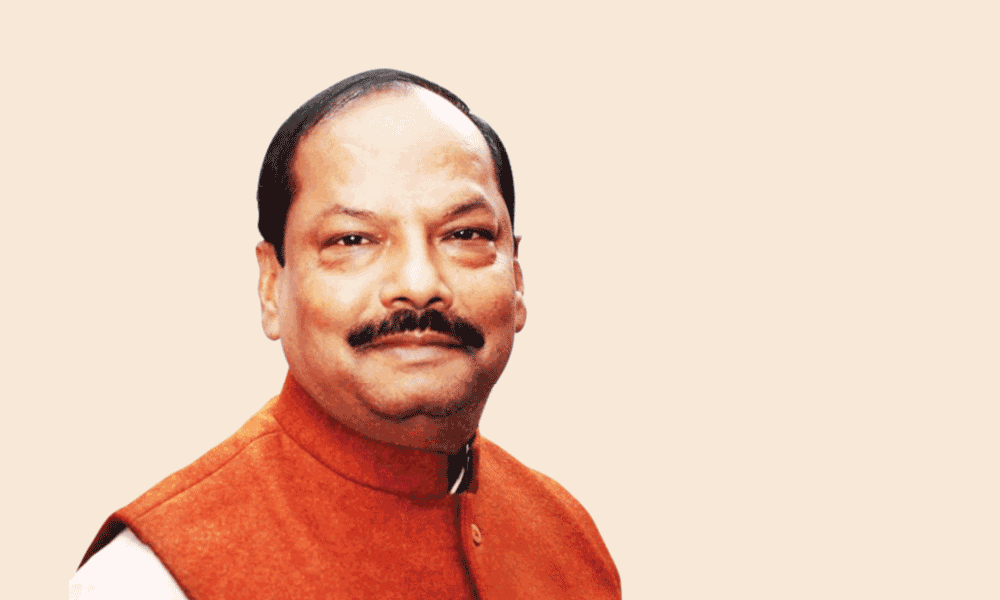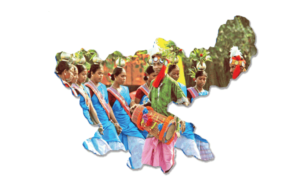
Jharkhand Chief Minister, Raghubar Das shared plans of his government to improve the quality of education through teachers’ training and by encouraging skilloriented education in an interview with Arpit Gupta of Elets News Network (ENN). He also shared plans for improving the standard of higher education in the state.
How would you describe Jharkhand as a fast growing State and what makes it a perfect destination for investment?
Jharkhand is a land of unlimited opportunities and one of the richest states in the country. There is a huge opportunity for investment in all sectors including education, health, IT & Industries, agriculture, food processing, tourism etc. Our government has simplifi ed all our acts and policies, and created an investor-friendly environment in last one-and-a-half year tenure. Our economy is fast growing and offering new vistas of opportunities. Therefore, we are inviting national and international companies in our State to work in an exceptionally congenial business climate.
So far, we have drafted around 10 new policies to respond to investors concerns in the last one year. For IT and Startup Policy, the efforts are on and recently an advisory board meeting was held in Mumbai. The policy will be ready over a period of one month. Our emphasis has been on creating policies, which considers benefi ts of investors at the top priority.
 What are the top priorities of the Jharkhand Government?
What are the top priorities of the Jharkhand Government?
Our top priority has been Gaon, Gareeb and Kisan (villages, poor and farmers). We believe that economy of our State will grow only when we will be able to ensure basic amenities such as education, health, water, and roads for people of the State. We are making sincere efforts to ensure aforementioned facilities are available at every nook and corner of the State.
We want to digitally literate at least one member of each family in the State. Therefore our government has rolled out e-Sakshar scheme. We are also planning to adopt e-Learning in the State. It will help students from far-flung areas connect with the professors of all subjects worldwide through internet.
Align with the vision of our Hon’ble Prime Minister Narendra Modi, we are implementing the schemes like Digital India, Smart City Mission, Standup India, Startup India, Make in India, Swachh Bharat Mission etc. in our State.
What is the status of School and Higher Education in Jharkhand and how does your government seek to enhance the quality of education?
The use of latest technology has made education easier. In this techno-savvy era, the role of teachers has metamorphosed from guide to facilitator. Now the time has come to change the scenario and the roots of primary or secondary education should be strengthened.
SCHOOL EDUCATION
We are doing capacity building of over one lakh teachers across schools in the State. Our literacy rate is very close to the national average. Literacy rate of 7+ yrs age-group students in the State is 67.6 per cent against the national average – 73 per cent while literacy rate of 15+ yrs age-group students in the State is 67.6 per cent against the national average – 69.3 per cent. Total Schools of Primary and Upper Primary education in the State are 43,219. However, as per national guidelines total number of schools should be 11,91,719.
We are trying to reduce the studentteacher ratio in primary and secondary education from 53:1 to 30:1. We are also establishing more Kasturba Gandhi Balika Vidyalaya (KGBV) schools to reduce girl dropout. The Government has opened 57 Jharkhand Balika Awasiya Vidyalayas in remote blocks keeping in mind the Quality Education in low literacy and tribal dominated blocks.
For imparting quality education, the State Government has given the responsibility of running 89 government schools to DAV group and 29 tribal schools under Welfare Department to Shishu Vidya Mandir.
HIGHER EDUCATION
The Government is making all out efforts to improve Gross Enrollment Ratio (GER) in higher education track. It is currently 13.1 against the national average 23. The Government has set the target of 32 to achieve by 2022. The GER is low because there are very less number of educational institutes in the State. The population of 18-23 agegroup people is approx 37.9 lakh which is expected to touch 42.6 lakh by 2022. We have total 13 Universities – 7 Private, and 6 State, and total institutions/colleges 442. Additional colleges will be required to meet the State’s GER vision and meet national density of 26 colleges per lakh population 692.
Presently, we have 16 Engineering Colleges and 32 Polytechnic Institutes in the State. Additional 26 Engineering Colleges need to be opened to achieve national density of 1 per 7.7 lakh. Meanwhile, additional 80 polytechnic institutes will be required to achieve national density of one per three lakh.
We are opening new private universities as per the notified guidelines. Recently, three private universities – Amity, AISECT and Pragyan have been given clearances to set up their institutions.
We have also initiated enabling Wi-Fi campuses for college/institutions to promote ICT-based education. In the era of global economy and education and technology, the world scenario is changing rapidly. Now students can connect worldwide with any university of repute through Internet.
Our top priority has been Gaon, Gareeb and Kisan (villages, poor and farmers). We believe that economy of our State will grow only when we will be able to ensure basic amenities
What has been done for the Skill Development by the government and how will it contribute to the growth of State’s economy?
Skill Development is another focus of the Jharkhand Government and Government of India. This is for the first time after independence that a Prime Minister showed concern about providing employment to the unemployed youth of ‘under-rated’ State.
The Government of Jharkhand has decided to impart skills and train around 20 lakh youth over a period of five years in the sectors like Agriculture and Animal Husbandry, Industry and MSME, Health, Paramedics, Infrastructure, Road and Transport, Tourism, Power and Utilities, Water and Environment and Banking and Financial services.
We are in the process of setting up of 50 Mega Skill Development Centres. We are inviting private players for partnership to build Skill Development Centres in existing academic institutions (Higher, Technical and ITI institutions).
Besides, we have taken significant steps for Skill Development and announced in the recent budget that skill education will be incorporated in the syllabus of class 9th and 10th. Our objective is to skill the students at a tender age so that they do not face hardship in getting jobs after their professional studies.
|
Shri Raghubar Das’ Special Address during 7th World Education Summit “The economic reformation that occurred in 1991 led to global economy concept arriving in our country. It affected mainly two aspects more than the others – medical and education. |
Industry – Academia tie-up
Recently, the State Government has signed Memorandum of Understanding (MoU) with CISCO and Oracle as a step towards industry academia tie-up and course integration in Jharkhand. We have signed MoUs with premier in stitutes and global companies to impart skills to youth and for expansion of IT sector.






















